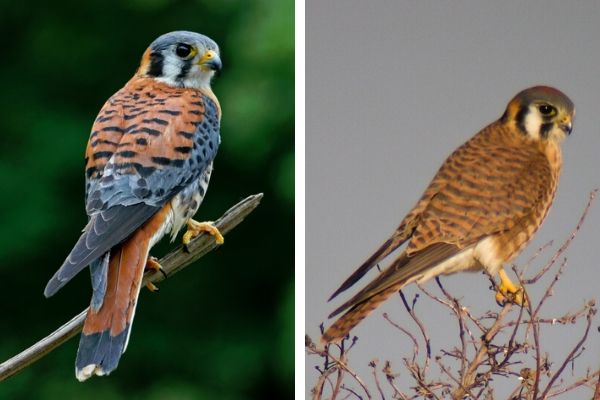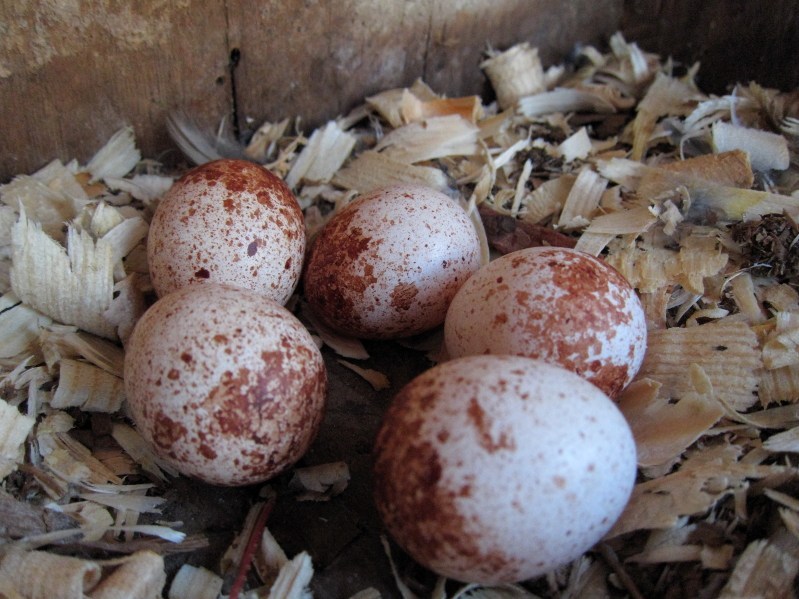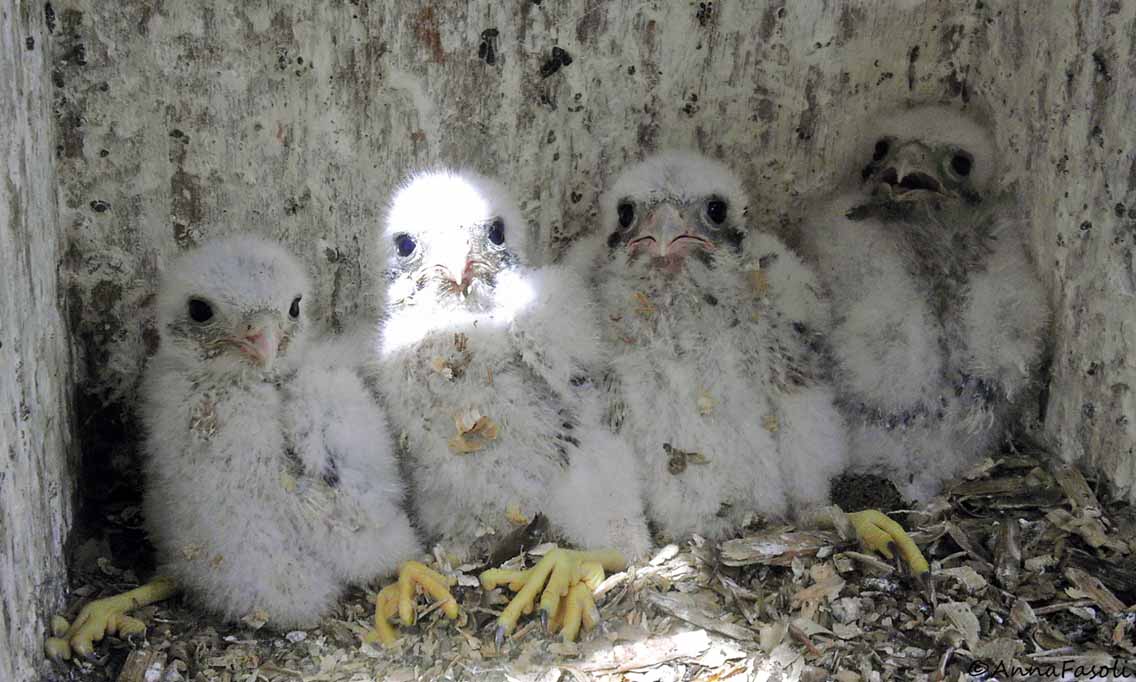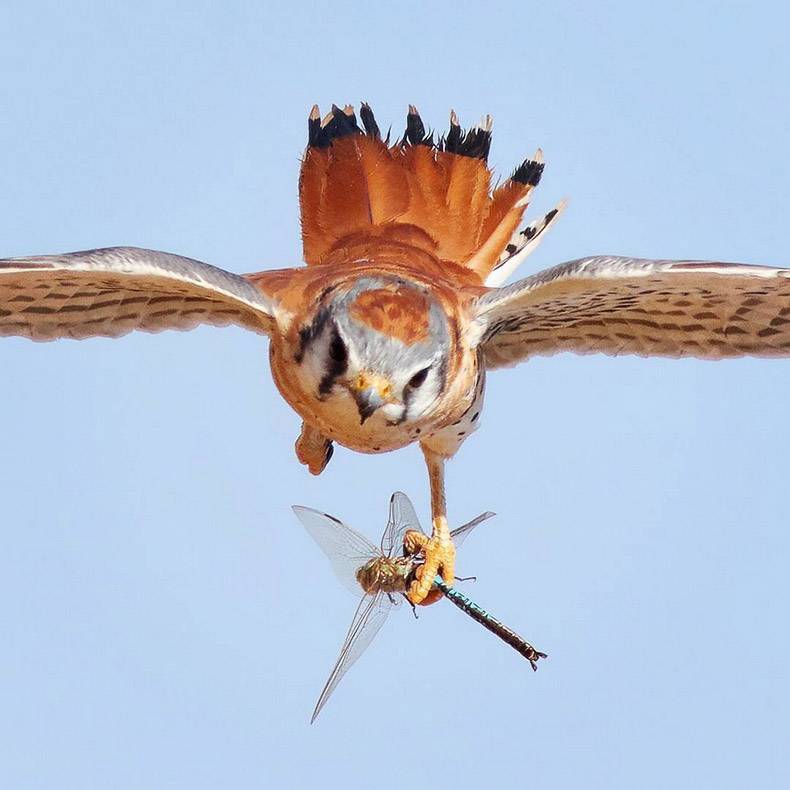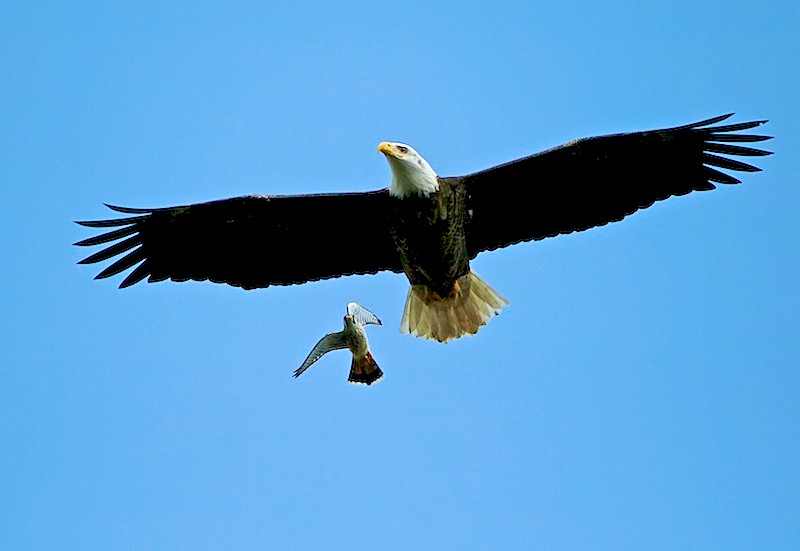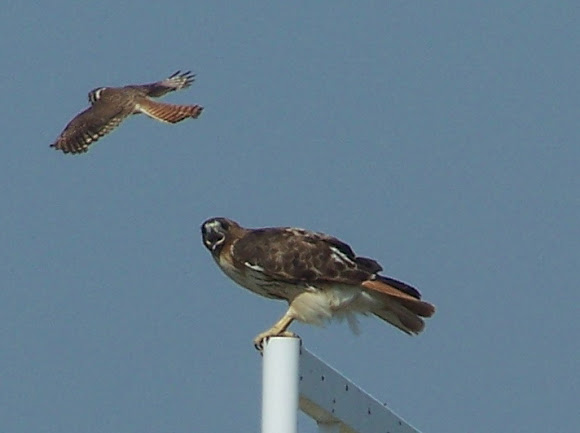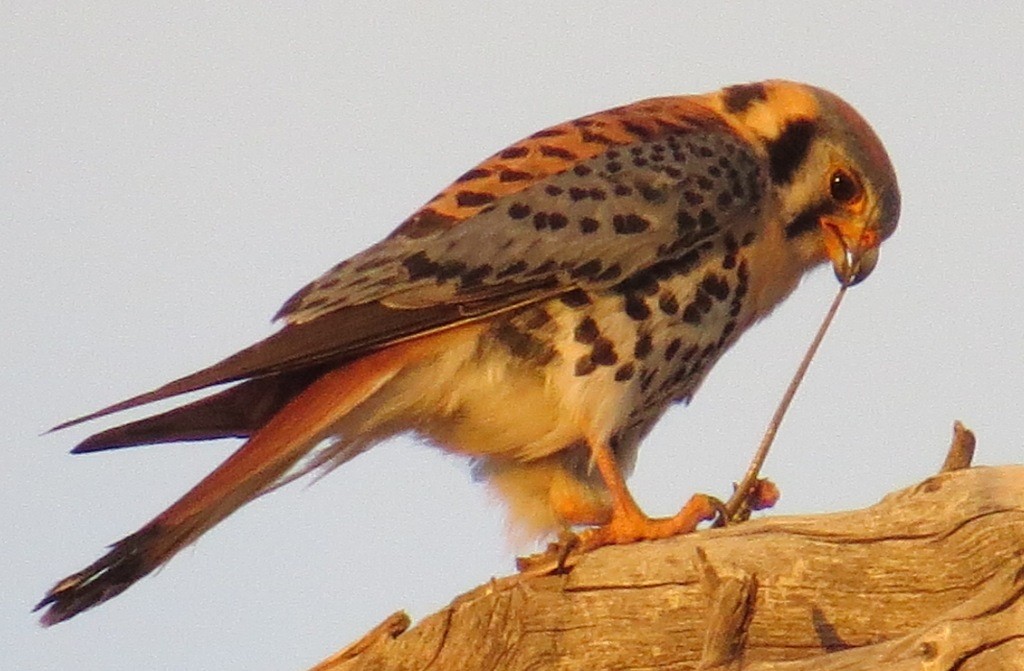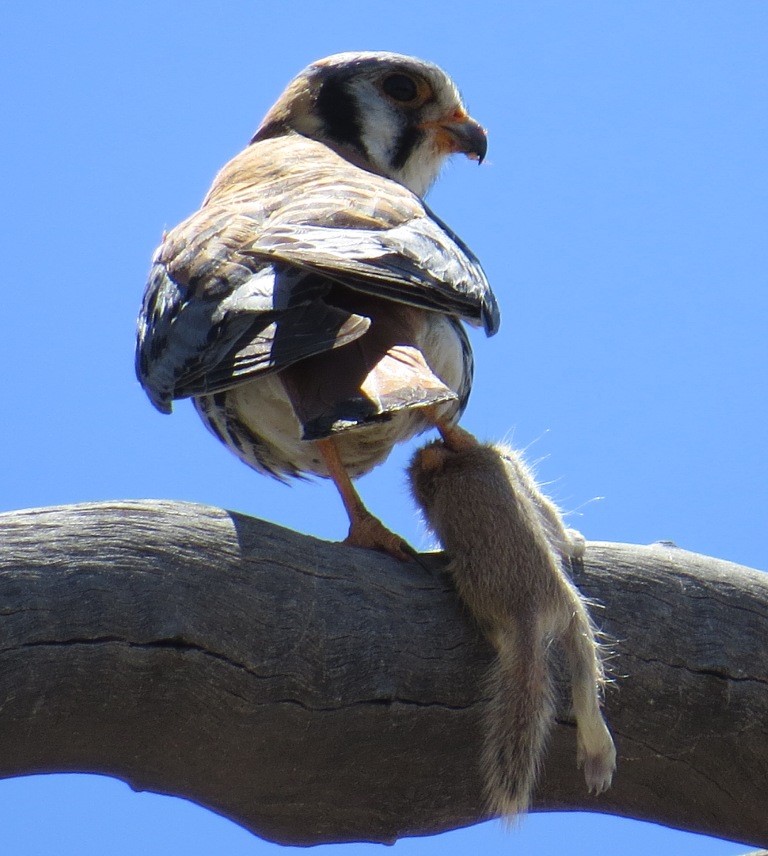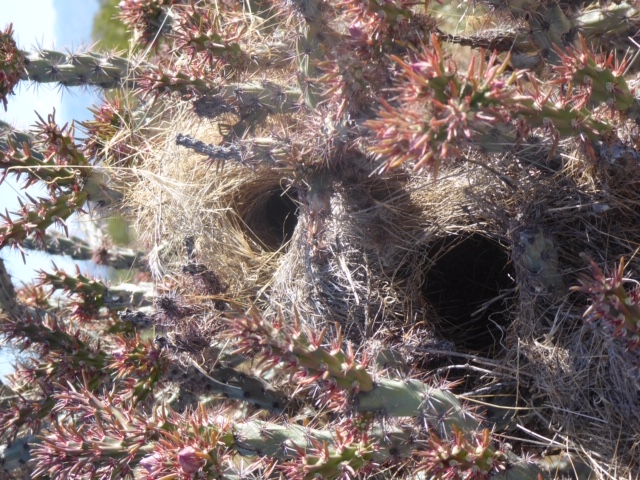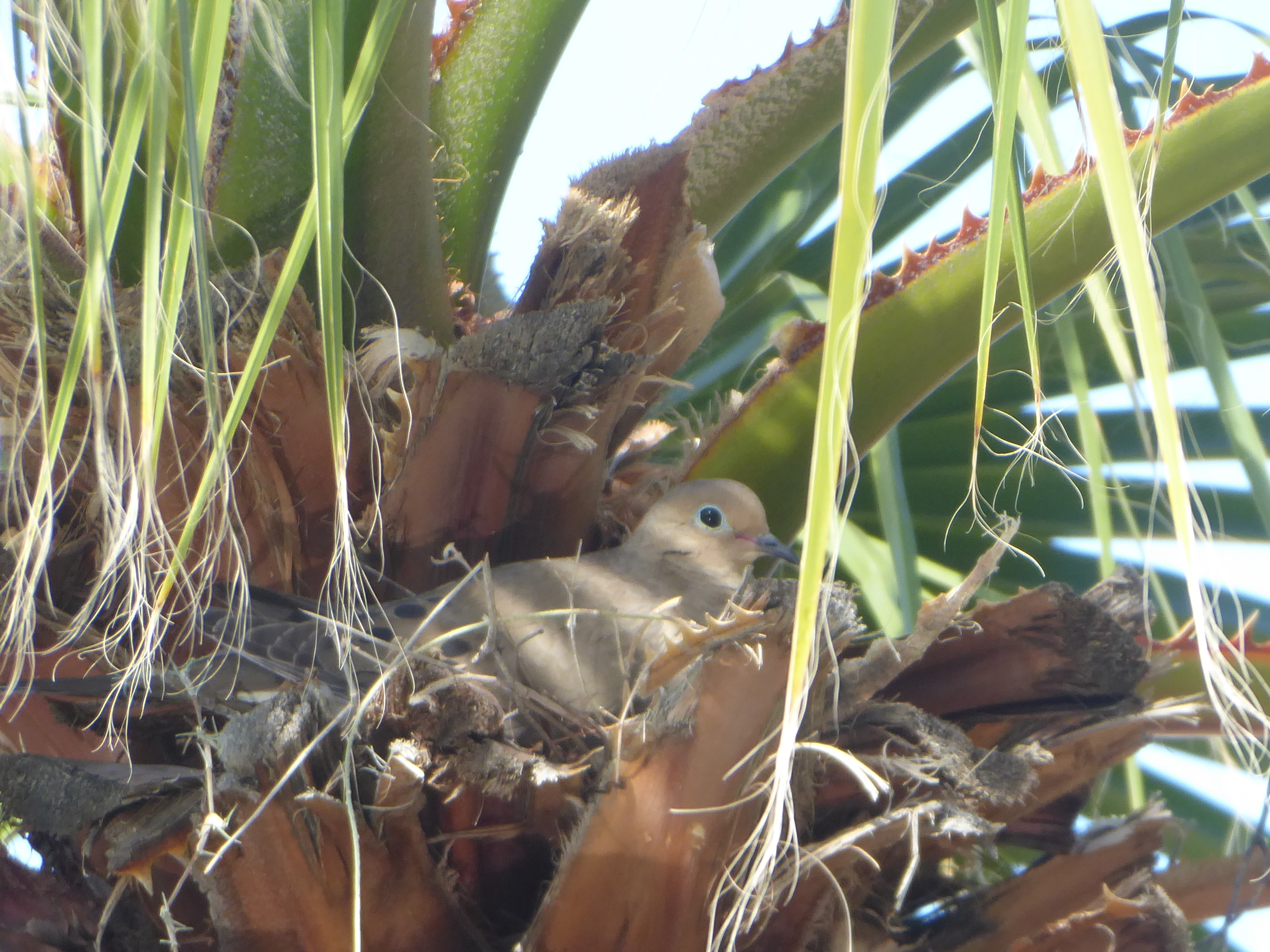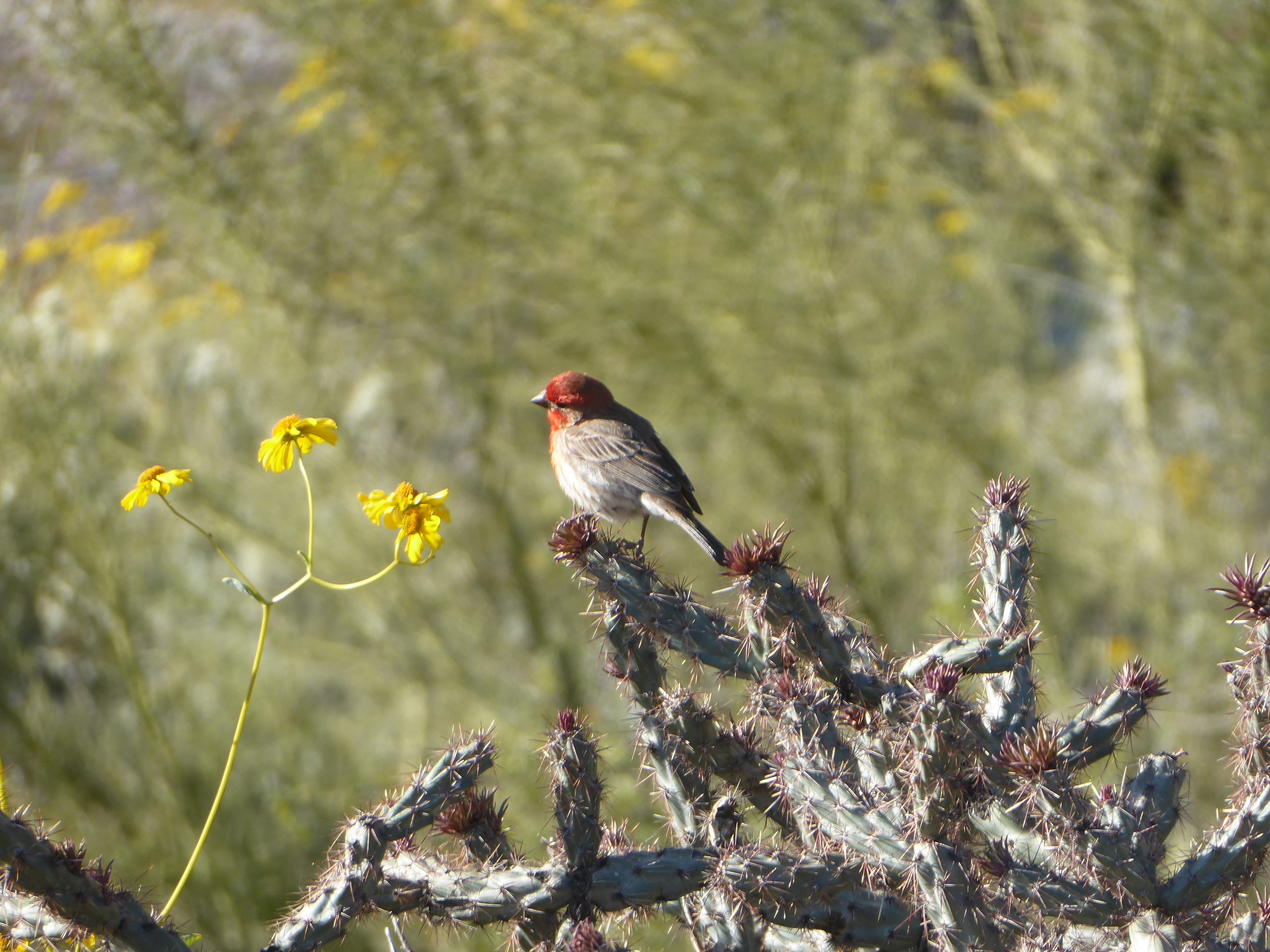The Mighty Kestrelby Claudia KirscherLiberty Wildlife Volunteer
The American Kestrel is North America’s smallest and most colorful falcon. Like other birds of prey, the female kestrel is larger and heavier than the male. They are about the size of a mourning dove or jay. Unlike other falcons in North America, males and females have different plumage coloration (see photos above). They are found from Alaska to the southern tip of South America. Kestrels in colder climates will migrate to warmer areas for winter months. They are highly adaptable to climate and elevation. They prefer open country, grasslands, deserts, farmland, and shrublands rather than tree cover. They are even found in our urban environment. Kestrels prefer to be able to see their entire territory easily from any one perch.
They do not build their own nests, preferring to take over a nest cavity in a tree, saguaro, buildings, or nest boxes. 1-7 eggs are laid, typically one every other day. Incubation begins in full after the clutch is complete. The female does the majority of incubation, with occasional help from the male, while the male usually hunts and brings her food. Hatching takes 27-31 days. The chicks are full adult size in about 20 days of age and fledge or first flight happens at 27-32 days of age.
Kestrels will eat just about anything they can catch. Prey includes insects, small birds, mammals, amphibians, and reptiles.
They will readily defend their territory against just about any size raptor.
As a small bird of prey, they are hunted by larger birds such as Northern Goshawks, Red-tailed Hawks, Barn Owls, Crows, Ravens, and Sharp-shinned and Cooper’s Hawks as well as snakes, and fire ants. Unfortunately, scientific data shows a long term decline in American kestrel populations. In fact, 2019 represents another year of unusually low kestrel reproductive success (Hawk Mountain). In North America there has been a 47%-66% decline in breeding population with some northeastern states experiencing higher rates. There is a further projected loss of 50% by 2075. Once considered quite common, kestrels are now listed as endangered or threatened in four northeastern states, and 21 states list them as a species of concern. They are not considered a species of Greatest Conservation Need in Arizona (Azgfd.com). Many factors are considered responsible for this decline. West Nile Virus hit them hard in the early years, Cooper’s Hawk population increases and predation, habitat loss, fewer available nesting spots, widespread use of toxic pesticides plus climate changes. Studies are also ongoing to identify problems on wintering grounds or along migration routes. How can you help? Reduce or eliminate use of pesticides!! Where possible, leave standing snags and saguaros with nest holes. Kestrels will take readily to nest boxes. Consider putting up a nest box to attract a breeding pair (instructions can be found online on many sites including the Peregrine Fund, Cornell Lab of Ornithology and Azgfd.com). Put it up well before breeding season and in the recommended location. Be sure to attach a guard to keep predators from the eggs and young. Research shows that kestrels will also spend the night in nest boxes on winter nights. These boxes are actually important for more than just nesting!
And finally …….While monitoring a bald eagle nest for several years, we have come to know and admire a little male kestrel we dubbed Conan (The Barbarian). This small falcon has no idea of his size relative to other raptors. We have often watched him harass and drive an adult bald eagle off its perch and then to add insult chase the eagle a hundred yards across the field to ensure that Conan’s territory and tree were reserved only for him and Mrs. Conan. He has taken a variety of large and small prey in his area including birds, lizards, insects, and a round-tailed ground squirrel that looked to weigh as much as Conan. Indeed, a Mighty Kestrel!
Conan with a lizard – photo by Melanie Herring
Conan with a squirrel – photo by Melanie Herring Resources: allaboutbirds.org; Audubon.org; peregrinefund.org; hawkmountain.org; azgfd.com/wildlife/speciesofgreatestconservneed/raptor-management/kestrel-management |
That’s Not My Name
by Nathan Thrash
Liberty Wildlife Staff
Do you know the difference between a fish hawk and an Osprey? Osprey are excellent anglers, with between a 25 and 70 percent success rate on dives. Fish hawks are also excellent anglers, making a catch about once every 12 minutes. Fish hawks have a reversible outer toe, so they can grasp with two toes in front and two toes behind. Osprey have barbed pads on the soles of their feet to help them catch slippery fish. They occupy the same range and eat the same food. So, what’s the difference between a fish hawk and an Osprey? Nothing. They’re the same thing, with Ospreys being referred to colloquially as ‘fish hawks’.
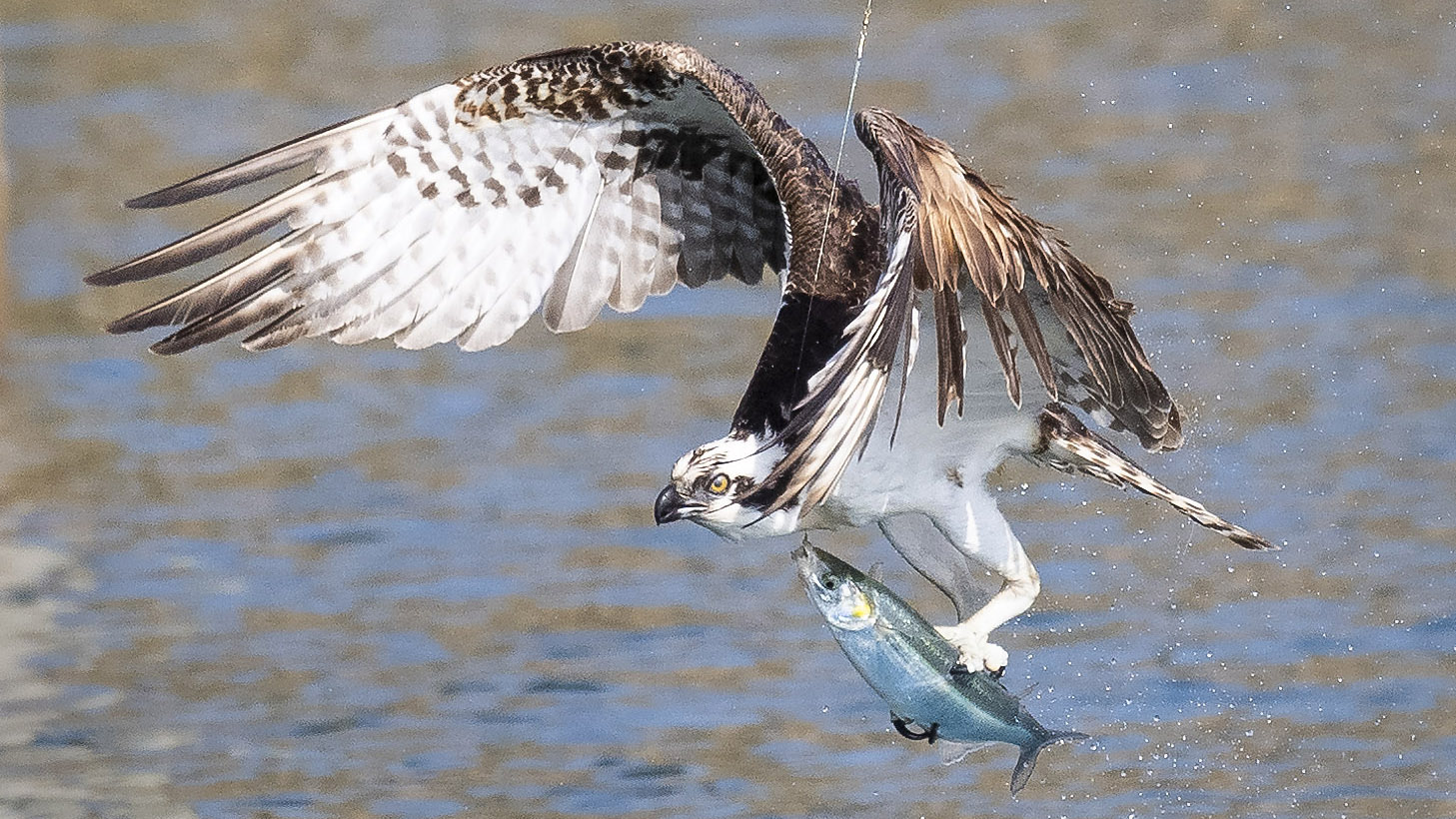
Colloquial terms are fairly common among birds of prey. Until 1983, the most common name for the American Kestrel was ‘sparrow hawk’. This was due to a mistaken familial connection of the American Kestrel to the Eurasian sparrowhawk.
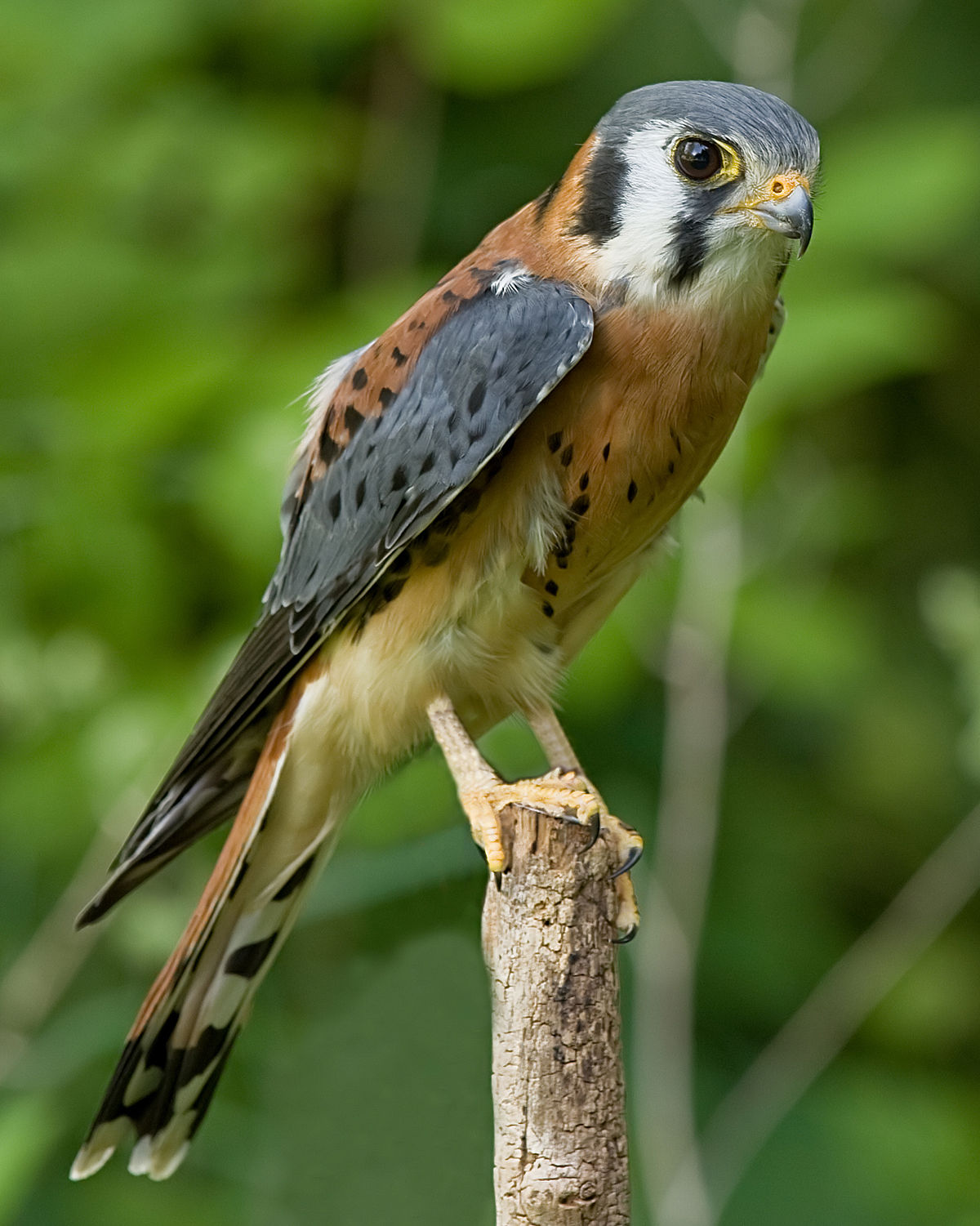 American Kestrel
American Kestrel
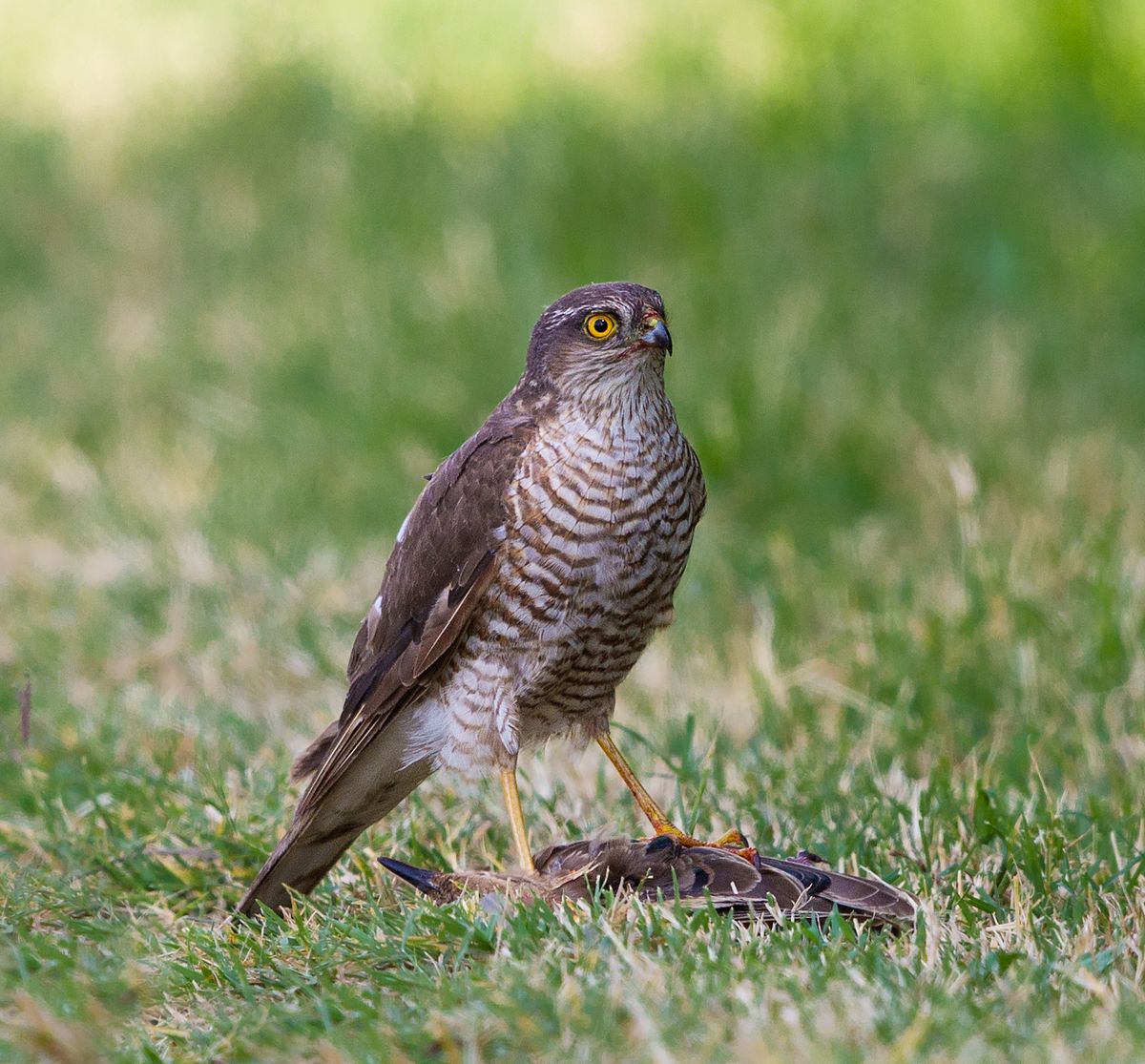 Eurasian Sparrowhawk
Eurasian Sparrowhawk
But the American Kestrel isn’t a hawk at all, it’s a falcon. The Peregrine Falcon is another case of a falcon being colloquially referred to as a hawk, known unofficially in North America as a ‘duck hawk’. This is due to the Peregrine Falcon’s diet consisting of mostly medium-sized birds, including ducks. The Pergrine Falcon’s scientific name, Falco peregrinus, means ‘wandering falcon’. I don’t know about you, but if I were a Peregrine Falcon I would much rather my nickname be ‘wandering falcon’ over ‘duck hawk’.

Last, but not least, let’s talk about chicken hawks. When you hear the term ‘chicken hawk’, what kind of hawk do you think about?
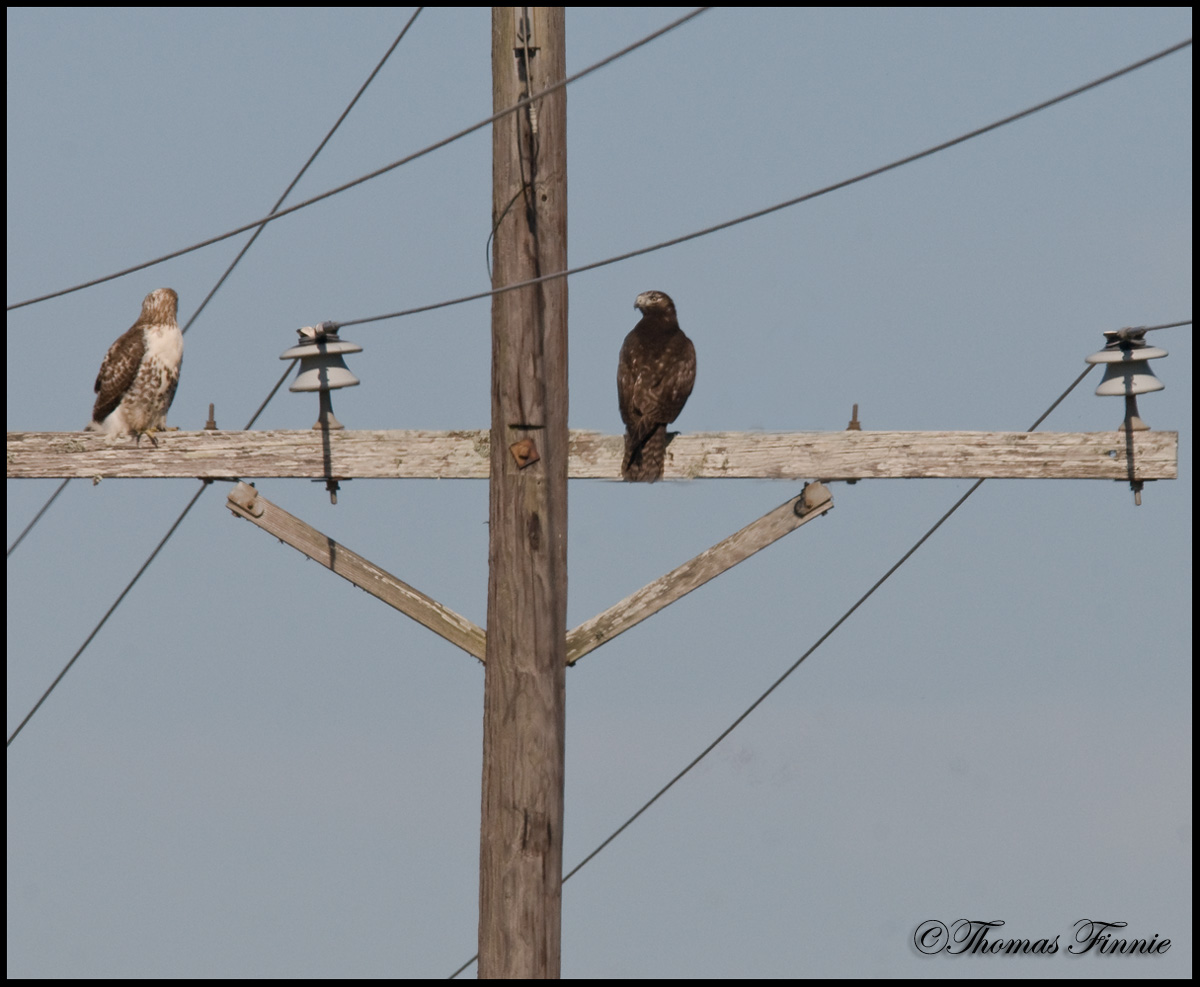
For me, I think about Red-tailed Hawks. The only people I know with a chicken coop are my grandparents, who live in Kansas, where the top of every other utility pole is occupied by a Red-tailed Hawk. But, here’s where things get a bit more complicated. Unlike any of the other names I’ve mentioned before, chicken hawk is the unofficial designation for three hawks: Cooper’s Hawk, Sharp-shinned Hawks, and Red-tailed Hawks. The term came about as a way to signify which birds would kill chickens, and therefore be considered ‘pests’. This justified their killing in the past, where they were perceived to be a threat to small pets and livestock. The term ‘chicken hawk’ is probably the most-widely used colloquial term out of the bunch.
So there it is. Whether you’re a seasoned birder, or someone who is new to birding like me, now you know what someone is talking about when they say “Look at that fish/chicken/duck/sparrow hawk!”.
|
|
|
|
Kid Stuff
By Carol Suits

Let’s Celebrate Pollinator Week!
June 22-28
Birds! Bees! Bats! Butterflies!
Meet some pollinators and find out why they’re important to humans.
https://www.youtube.com/watch?v=3bqwcky-01M
Find information and activities for the whole family!
https://www.pollinator.org/pollinator-week#pw-activities
Hummingbirds, bees, bats, and butterflies are pollinator-stars in this video.
https://www.youtube.com/watch?v=MQiszdkOwuU&list=PL5Z9r3XgFItDcIrzyrkgLkRMGG0__bYxT
Create your own pollinator garden.
http://www.nwf.org/Garden-For-Wildlife/Create/At-Home/Kids-Garden-for-Wildlife.aspx
Butterflies are wonderful pollinators. Check out these butterfly activities and stories.
https://mothernatured.com/animal-play/ten-top-butterfly-activities/
https://www.kidsbutterfly.org/stories
Puzzles
https://www.jigsawplanet.com/?rc=play&pid=09e8503eb014
https://www.jigsawplanet.com/?rc=play&pid=1b6605df502f
Sharing this important message again this year.

